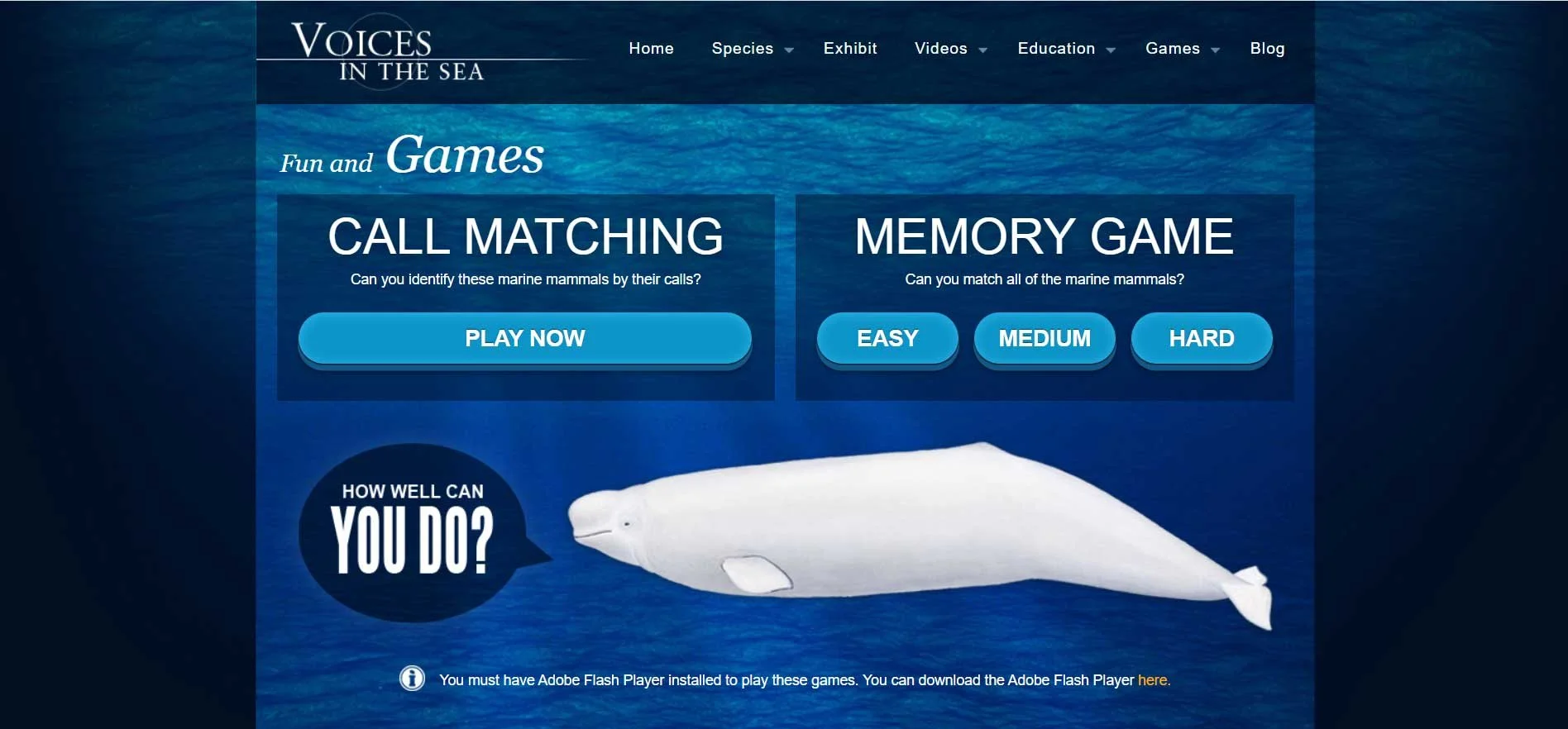
Maine Big Night
Every spring, conditions come together to form one of the most eruptive wildlife migrations in the world - right in our backyards. The warm, rainy nights of spring bring frogs and salamanders out in droves, creating what is referred to as "big nights". However, many of these migrants face trouble as they meet one of the newest habitats on the landscape - roads. This talk will introduce the community science project Maine Big Night, a project that anyone can participate in to collect data and help migrating amphibians in roadways. Amphibian natural history, results from previous years, and compelling stories will also be included.

Watersheds Part 3
Forever chemicals, or PFAS, are chemicals used in a wide range of applications. From fire fighting to waterproofing, these chemicals are called forever chemicals because of their extreme persistence and ability to last for thousands of years in the environment. PFAS have been used in Maine for a long time and we are just now starting to understand how harmful these chemicals can be to our farmland and our waterways.

Watersheds Part 2
A watershed is defined by the space in which water “sheds” off the land into water basins like lakes, rivers, and finally into the ocean. Many things can affect the water quality in a watershed including all the poo left behind by our 4 legged friends.

Watersheds Part 1
Herring Gut Coastal Science Center explores how our oceans and inland waterways connect. Our three-part watershed series explores Maines Watersheds and how they impact our communities and economies. In our first of this series, we look toward the Town of Gardiner on the Kennebec River with guest speaker Tina Wood, Founder of UPSTREAM.

Shell Middens
Shell middens are cultural spaces located on the mainland and island coasts and were created by Maine’s indigenous people during thousands of years of coastal occupation.
GUEST SPEAKERS: Sarah Gladu, Director of Education and Citizen Science at Coastal Rivers Conservation Trust and Dr. Bonnie Newsom, Assistant Professor of Anthropology and Associate Faculty in the Climate Change Institute at the University of Maine

Shellfish Farmers
Maine is a leader in the world of shellfish aquaculture. This is because there is such a close connection between farmers and the scientific community. These partnerships are leading to new understandings of growth rates in preferred growing equipment, creating recycled equipment, and understanding climate change on oyster farms. Join us to hear how this healthy relationship benefits all of Maine's working shoreline.
Guest speakers are Phoebe Jekielek (Hurricane island) with Jordan Kramer (Winnegance Oyster Farm) as well as Jessie Batchelder (Manomet) with Mike Gaffney (Eros Oyster).

“Beneath the Waves”
“Beneath the Waves” is an interactive documentary following a group of scientists studying the marine environment of the Kimberley in Australia. This website is segmented into chapters focusing on the larger research mission; as you watch the chapters, you unlock shorter videos focusing on specific creatures, adaptations, methodologies. This resource lends itself well to reflections by students and short reports on organisms that they learn about in the documentary.

“The Deep Sea”
“The Deep Sea” is an interactive website in which students can scroll to explore the depths of our oceans. The organisms on the screen represent the deepest known depth at which they can be found, for example Great Barracuda can be found at 92 meters (301 ft)! Students can compare adaptations of organisms found at increasing depths as well as practice math conversion skills to try to understand how deep our oceans truly are.
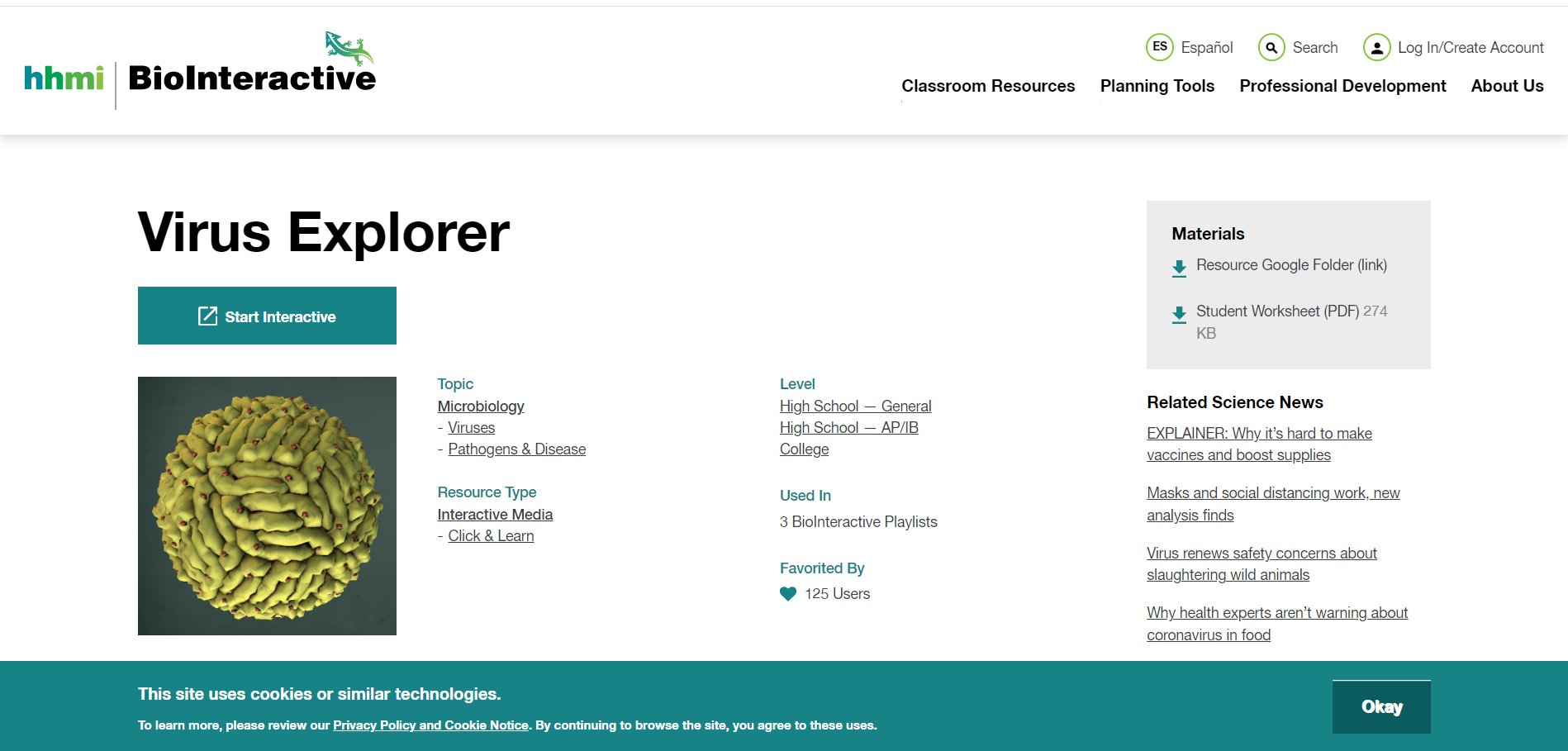
“Virus Explorer”
“Virus Explorer” by hhmi Biointeractive is an interactive resource focusing on the diversity of viruses. Use this resource to make comparisons about different aspects of viruses such as structure and host range. Hhmi Biointeractive offers many interactive resources for different age groups.

NOAA’s Ocean Exploration and Research
NOAA’s Ocean Exploration and Research page has links to expeditions to previously unknown parts of our oceans. Search by location, year, or topic and find a dive to explore! Each dive’s page has lots of information about the data gathered on that dive as well as photos and exciting discoveries!
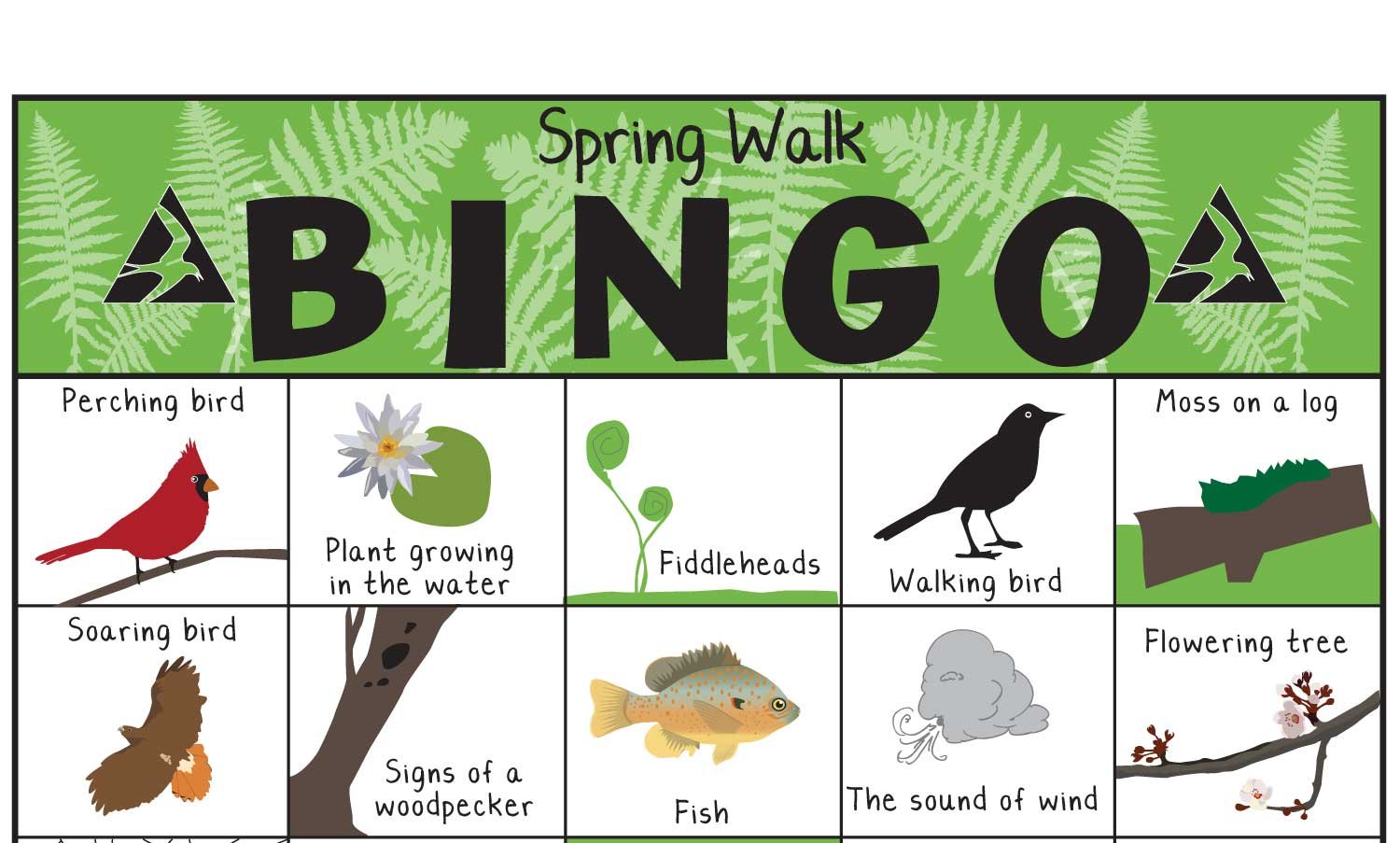
Mass Audubon’s Spring Bingo
Mass Audubon’s Spring Bingo pages are a great way to bring younger kids outside into nature and encourage observations of the changes that spring brings to your backyard.
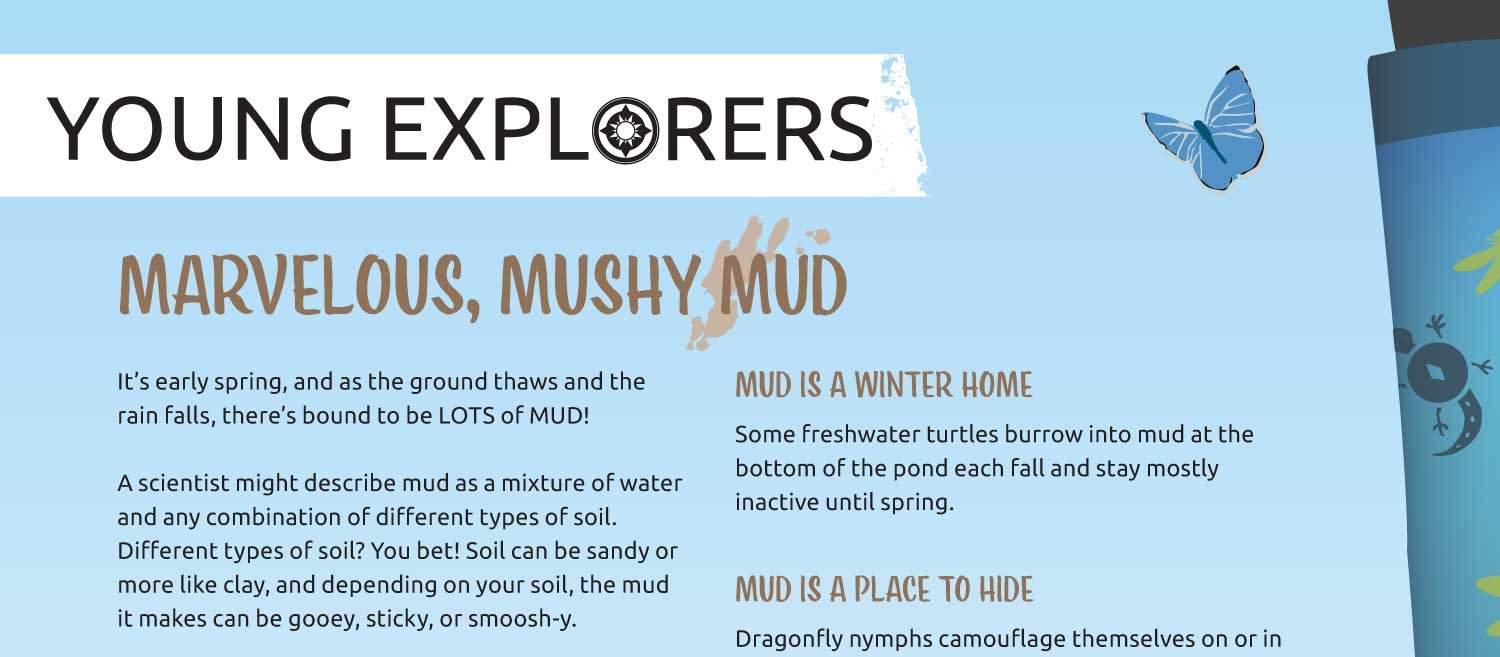
Mass Audubon’s Marvelous Mushy Mud
Mass Audubon’s Marvelous Mushy Mud is a fun activity for those of us in mud season right now. Use this activity as a jumping off point into nature observations.

Wild Time Learning
Wild Time Learning has a variety of resources for both younger and older kids to engage with nature in focused ways. These short lessons give space for creativity from both the educator and the learner in how to proceed.
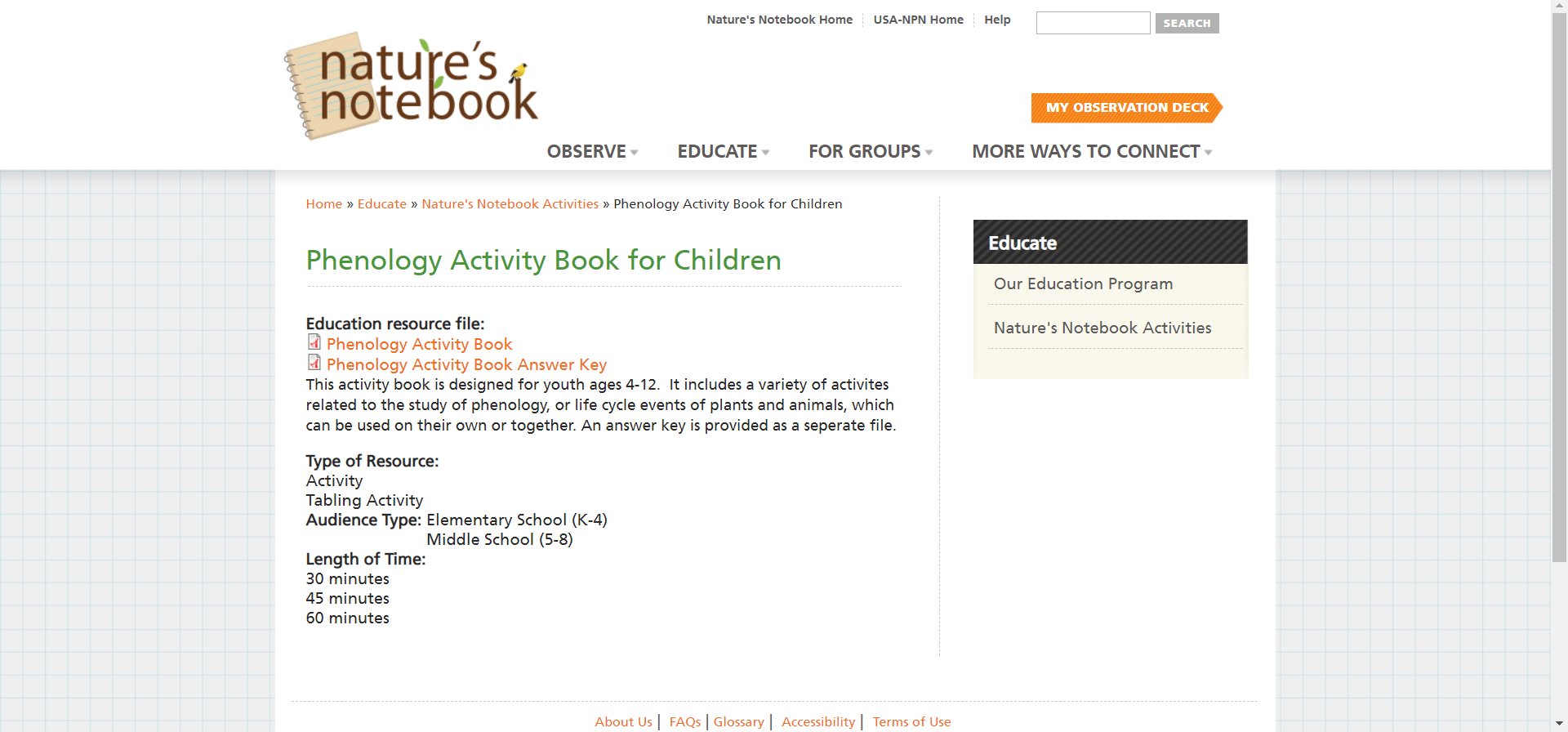
Nature’s Notebook’s Phenology Activity Book
Nature’s Notebook’s Phenology Activity Book is a series of activities for kids aged 4-12 focused on observing phenology, which is seasonal or cyclic natural phenomena, in their time outside.

Your Plan Your Planet
Your Plan Your Planet is an interactive resource about sustainability made by Google. This website has four categories (stuff, water, energy, and food) that you can click through, take quizzes, and learn about sustainability of each of these resource types. For example, the water page shows you how much water your shower uses based on length of shower and shows tips on how to save water in your house.
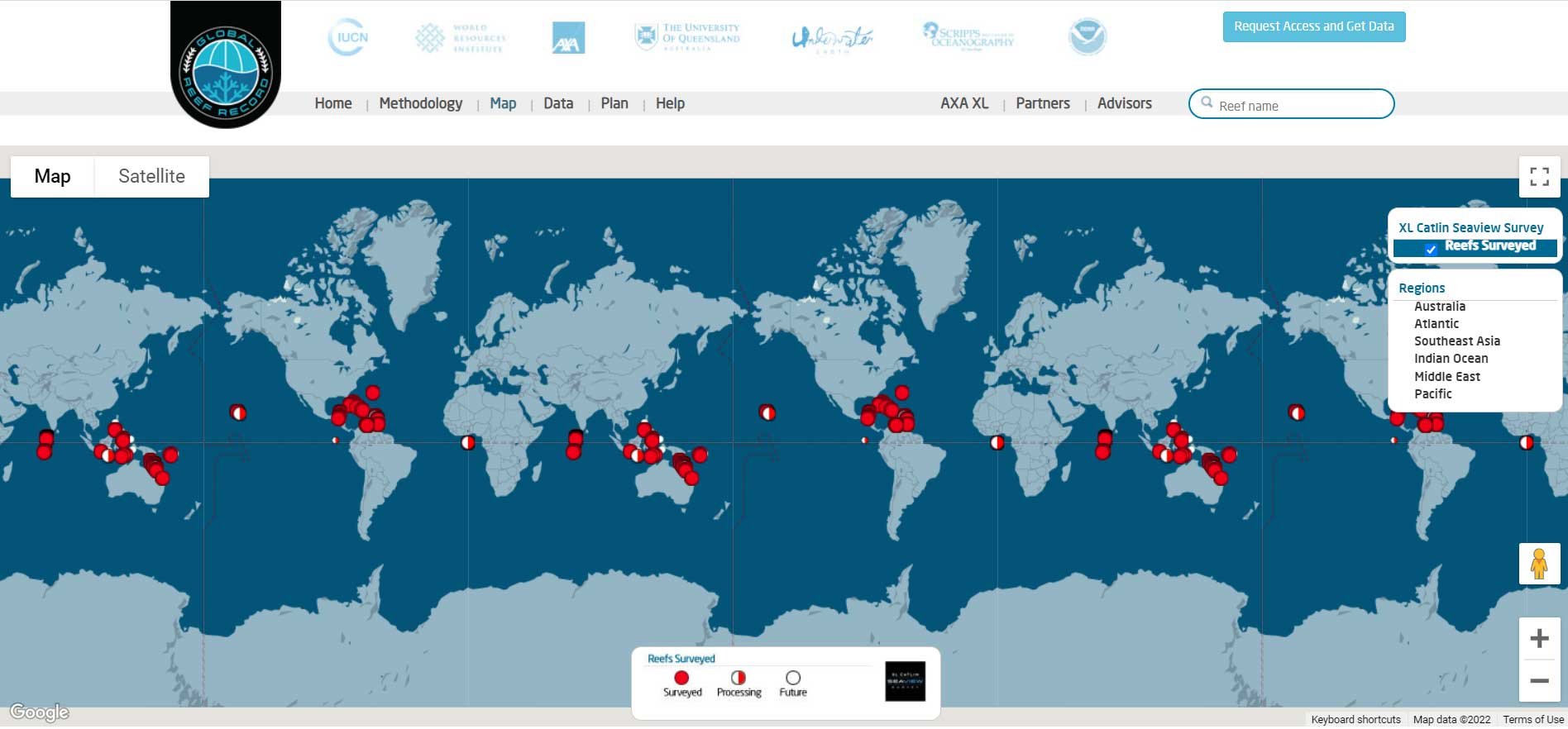
Global Reef Record
Global Reef Record project worked with divers to record images during dives around the world. You can click through these images using their map explorer or you can watch the videos on their YouTube page linked here (Global Reef Record YouTube). These videos are really similar to what you would see while diving – as a diver, it was fascinating to have an underwater experience when we can’t actually dive right now.

The Old Naturalist
The Old Naturalist just made available various lessons focused on marine environments or species with student activity sheets linked on each page.

Virtual Visit at New England Aquarium
Virtual Visit at New England Aquarium allows students to take a peek behind the scenes of the aquarium. The site also includes many at-home activities for students from coming up with new ways to capture invasive lionfish to tracking white shark movements around our oceans.

NOAA Marine Sanctuaries
NOAA Marine Sanctuaries has created a host of web-based resources for students for further enrichment of remote learning. The photos and videos of national marine sanctuaries are stunning and the 360 degree virtual dive videos are really engaging.
